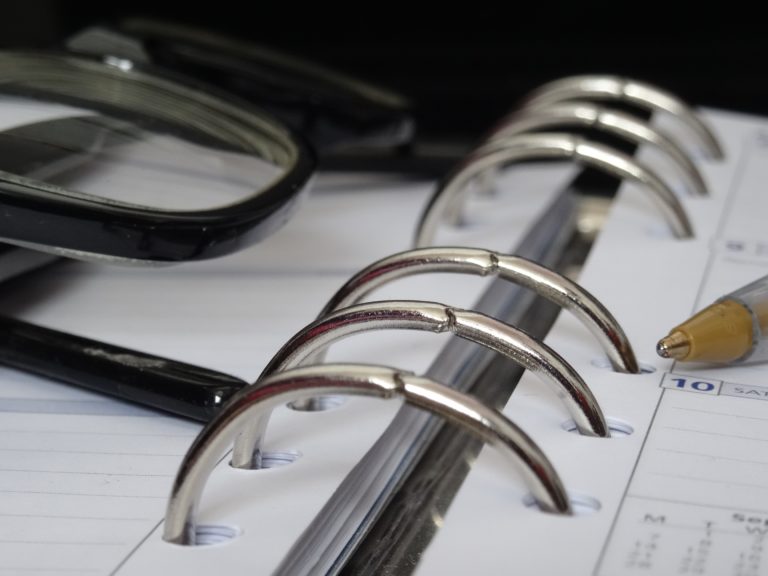What does ABA Practice look like? What does a practitioner do?
Behaviour analysts always come into play when the goal is to change a behaviour. This is not limited to autism or management of employees. Behaviour analysts can work with all kinds of populations and in all kinds of settings. Their knowledge on how behaviour works and their skills in changing behaviour are broadly applicable (see Careers in ABA).
A practitioner’s job usually comprises assessment, analysis, intervention and evaluation.
The behaviour analyst first assesses the behaviour and the maintaining environmental factors, either by observing the behaviour directly, or by having others record or collect data on the behaviour.
The goal of the assessment phase is to gain a clear picture of what behaviour is targeted (i.e., should be occurring but is not being displayed at the moment), and of what behaviour is to be changed (i.e., the topography of the current behaviour as well as its maintaining environmental factors).
In the analysis phase the behaviour analyst analyses the current behaviour and its controlling factors in the environment in terms of its antecedents (the evoking situation) and its consequences (what follows the behaviour) and identifies the function of the behaviour. What purpose does the behaviour serve the individual? This leads the behaviour analyst to determining what methods of teaching can be used to change the behaviour.


The behaviour analyst then puts an intervention (i.e., a behaviour change plan into place). This can consist of a training such as skill-building. Possible methods for teaching a new behaviour are reinforcement, shaping and prompt fading. An intervention can also include reducing a behaviour. Methods for behaviour reduction include extinction and differential reinforcement.
During assessment, intervention and after the intervention, the behaviour analyst is continuously collecting data to ascertain whether the behaviour change plan is effective and if the intervention in place is in fact the variable causing the change. These data are evaluated and also serve as a foundation for decision-making if an intervention is not producing the desired behaviour change or is ready to be terminated as the behaviour change has been attained and can be transferred to the naturally operating variables. The methods at play here are generalisation and reinforcement fading (i.e., intermittent reinforcement).
Behaviour analysts practitioner always work closely with the client (i.e., the person’s whose behaviour is intended to change) as well as the client’s environment. This can be the parents, legal guardians, teachers, coaches, family members or peers.
It is paramount for a behaviour analyst to also obtain expertise in whatever area the behaviour analyst works. For a behaviour analyst working with children with autism, it is necessary to know about the characteristics of autism in order to devise behaviour goals and plans that fit the clients and their environment. Equally, a behaviour analyst working in a prison needs to be familiar with the ways the prison operates as well as the legal boundaries of possible actions.
Under the following link you will find interesting Webinars on the subject of ABA and what ABA practitioners do.
A practitioner’s job usually comprises assessment, analysis, intervention and evaluation.
The behaviour analyst first assesses the behaviour and the maintaining environmental factors, either by observing the behaviour directly, or by having others record or collect data on the behaviour.
The goal of the assessment phase is to gain a clear picture of what behaviour is targeted (i.e., should be occurring but is not being displayed at the moment), and of what behaviour is to be changed (i.e., the topography of the current behaviour as well as its maintaining environmental factors).
In the analysis phase the behaviour analyst analyses the current behaviour and its controlling factors in the environment in terms of its antecedents (the evoking situation) and its consequences (what follows the behaviour) and identifies the function of the behaviour. What purpose does the behaviour serve the individual? This leads the behaviour analyst to determining what methods of teaching can be used to change the behaviour.

